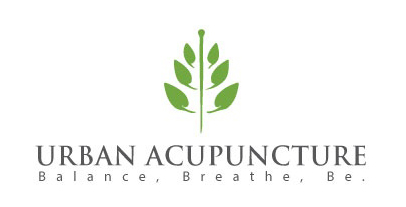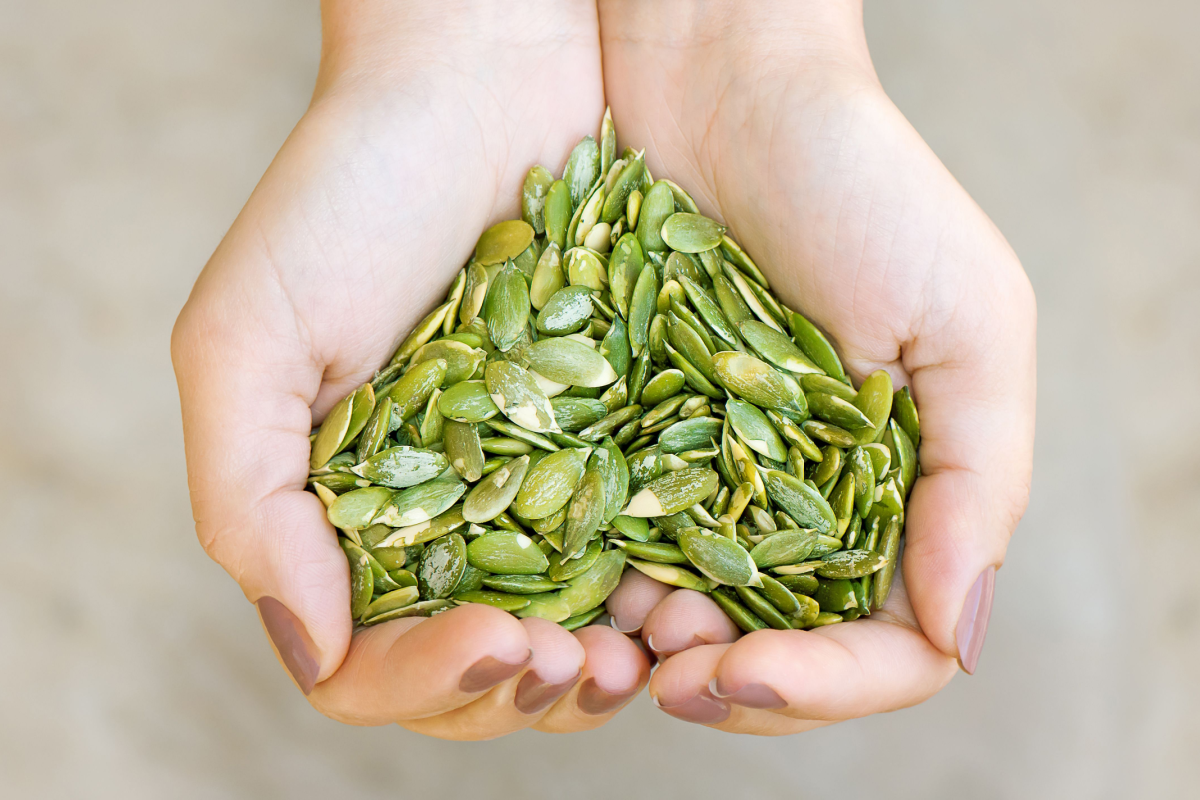Women’s health has always been a passion of mine.
When women are healthy, their kids are happier, their homes run more smoothly, and they’re able to pursue whatever dreams are closest to their hearts, whether that’s at home, or in their careers.
In a lot of ways – women make the world go round. 💪
And, when it comes to women’s health, hormones are a major player. Hormone imbalances can lead to all sorts of health issues… everything from irritability and fatigue to weight gain and infertility.
But in today’s fast-paced culture, it’s not so easy to keep your hormones balanced. This is why it’s no surprise that seed cycling has made a resurgence in the wellness world in recent years.
Seed cycling is an ancient holistic practice but we don’t have a ton of research on it, which is why lots of people are wondering:
“Is seed cycling just another wellness fad, or does it actually work?”, and
“How the heck does seed cycling work anyway?”
Keep reading to get all your questions answered!
What is Seed Cycling?
Seed cycling is the practice of eating certain seeds – specifically pumpkin, flax, sesame, and sunflower – during the two major phases of your menstrual cycle to support hormone balance.
The idea is that the seeds promote a healthy balance of estrogen and progesterone, improving PMS symptoms, boosting fertility, and creating overall happy hormones. 🤗
This ancient practice has been used to support women’s hormones for hundreds of years, but it’s really gained mainstream popularity over the last decade or so.
How Does Seed Cycling Work?
Seed cycling provides women with the nutrients they need at different phases of their cycle. To make sure you’re clear on this, let’s do a quick Menstrual Cycle 101!
There are two main phases of your cycle: follicular and luteal.
Phase 1, or the follicular phase, begins on the first day of your period and ends with ovulation. This is typically days 1-14, but a woman’s cycle can vary from 28-34 days. [1]
Phase 2, or the luteal phase, begins with ovulation and ends when your period begins again. This is generally days 15-28 of your cycle.
During the first half (follicular phase), your estrogen hormone rises and spikes which triggers ovulation. Pumpkin and flax seeds contain specific nutrients that help naturally optimize your estrogen levels while also preventing excess production. [2] [3]
During the second half of your cycle (luteal phase), your progesterone hormone becomes the star of the show. Sesame seeds and sunflower seeds are a rich source of zinc & vitamin E which help boost progesterone production. [4] [5]
How to Practice Seed Cycling to Support Your Hormone Health.
The good news is that seed cycling is really quite simple!
Here’s an overview of how to do it:
Follicular Phase – (Days 1-14, or menstruation – ovulation):
- Consume 1-2 tablespoons of raw, fresh ground flaxseeds daily
- Consume 1-2 tablespoons of raw, fresh ground pumpkin seeds daily
Luteal Phase – (Days 15 – 28, or ovulation – menstruation):
- Consume 1-2 tablespoons of raw, fresh ground sesame seeds daily
- Consume 1-2 tablespoons of raw, fresh ground sunflower seeds daily
That’s it.
As with any new habit, it may take a minute to get into the swing of doing this practice every day (and consistency is key to experiencing the hormonal benefits of seed cycling!).
But there are many easy ways to incorporate these seeds into your daily routine:
- Add to your smoothies
- Bake into pumpkin, flax, sesame, or sunflower muffins
- Sprinkle on top of toast, salads, or soups
- Incorporate into dressings
- Make homemade seed butter
- Create homemade protein balls
Now, let’s talk about some top tips to make seed cycling effective *and* convenient.
Top Tips for Incorporating Seed Cycling into Your Life.
#1. Use raw, whole, organic seeds.
It’s best to purchase the seeds raw + whole to ensure all their nutrients are preserved. Already ground seeds have been processed somewhere, so there’s a greater chance nutrients have been stripped away. Also, I recommend buying in bulk to optimize your dollars!
#2. Grind your seeds.
Grind your seeds at home in a food processor or coffee grinder to make them more easily digestible. However, if you can’t grind them, it’s better to eat them whole than not at all.
#3. Seed prep.
If you’re doing this process of grinding seeds daily, you run the risk of burning out and giving up. So, process and grind your seeds in advance. Depending on how much you do (½ cup of each to 1 cup of each) your blend will likely last you between two weeks to one month.
#4. Purchase a seed-cycling blend.
This one has my vote! Ditch this process altogether and make your life easier by purchasing a done-for-you seed cycling blend! Women-owned companies like Beeya and Phasey make seed cycling a breeze by doing the work for you, so all you have to do is remember to eat your seeds!
#5. Store ground seeds in the refrigerator.
Whether you blend your own seeds or purchase them, make sure to store them in the refrigerator or freezer to prevent oxidation, which can happen in sunlight or warm temps.
⭐ Safety Tip! Nuts and seeds are two of the most common food allergies. You should not implement this practice if you have an allergy to one of the four specific seeds needed (pumpkin, sesame, sunflower, and flax). If you’re unsure about whether or not you’re allergic, speak with your doctor before trying seed cycling, and/or start with smaller doses.
So, Should You Try Seed Cycling?
The truth is, there just hasn’t been a ton of research on this practice, but that doesn’t mean it’s bogus.
In my opinion?
I LOVE the concept behind seed cycling, which is about using food as medicine to support your hormones. While there isn’t a ton of scientific research on this particular practice, we do know that seeds contain antioxidants, vitamins, minerals, and healthy fats, which are proven to support your hormones and overall health.
It goes without saying – but, you shouldn’t view this practice as the magic fix to your hormone problems. The reality is that there’s a lot that goes into balancing hormones naturally, and it’s best to work with a practitioner 1:1 to ensure your body is getting what it needs.
If you experience hormone-related health issues like painful periods, mood swings, joint pain, fatigue, or skin issues just know that there’s a ton you can do to help restore harmony in your body. 🙌
If you’re looking for support with your hormones, send me an email and we’ll get you scheduled.

